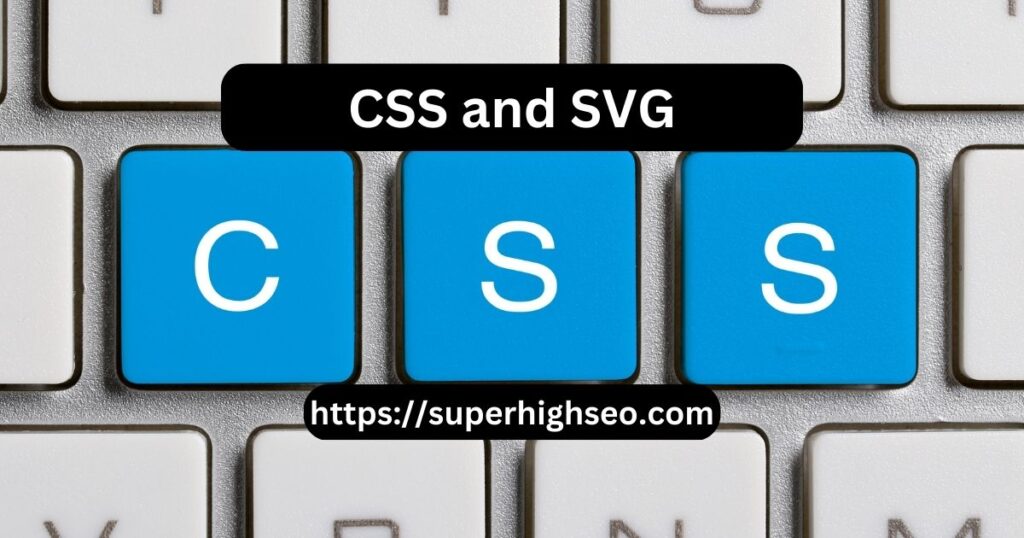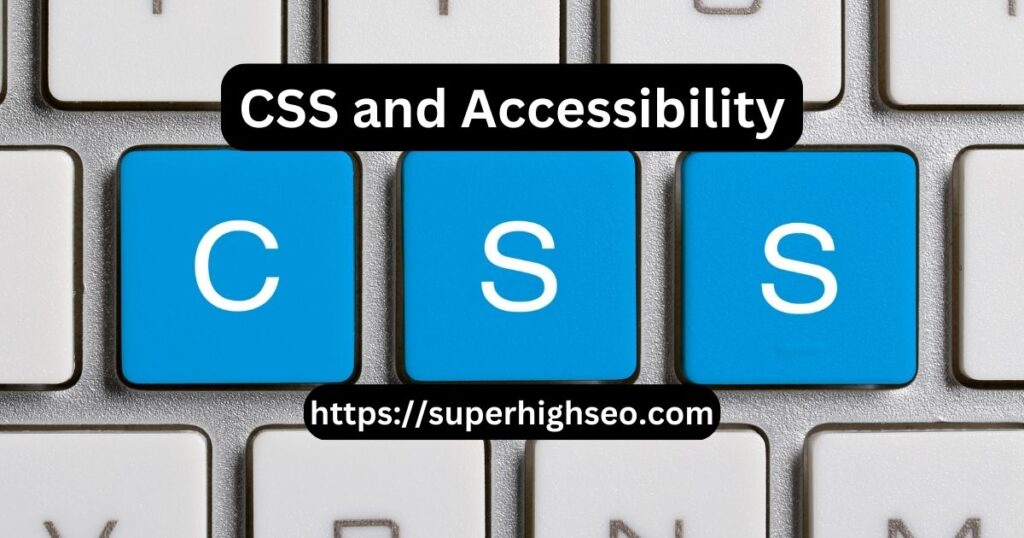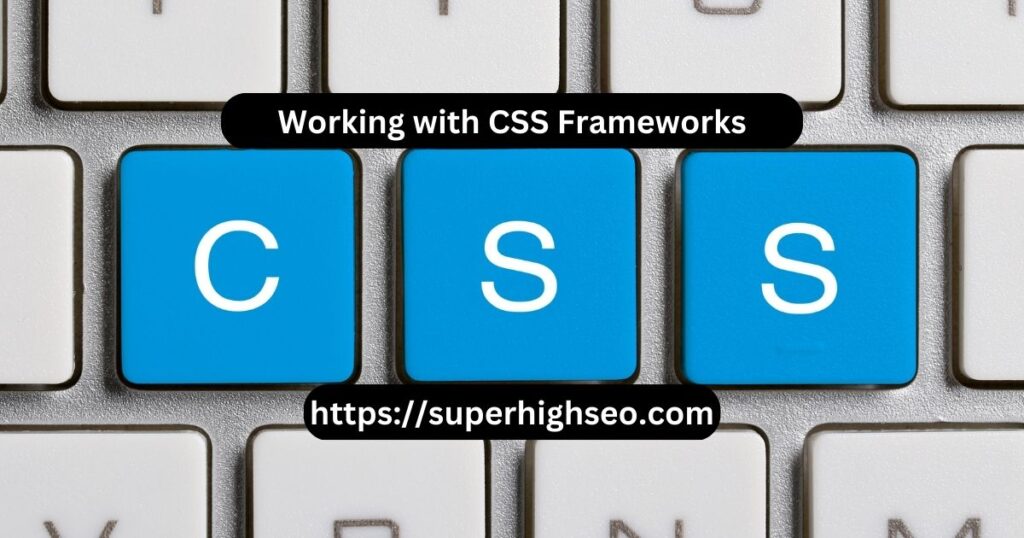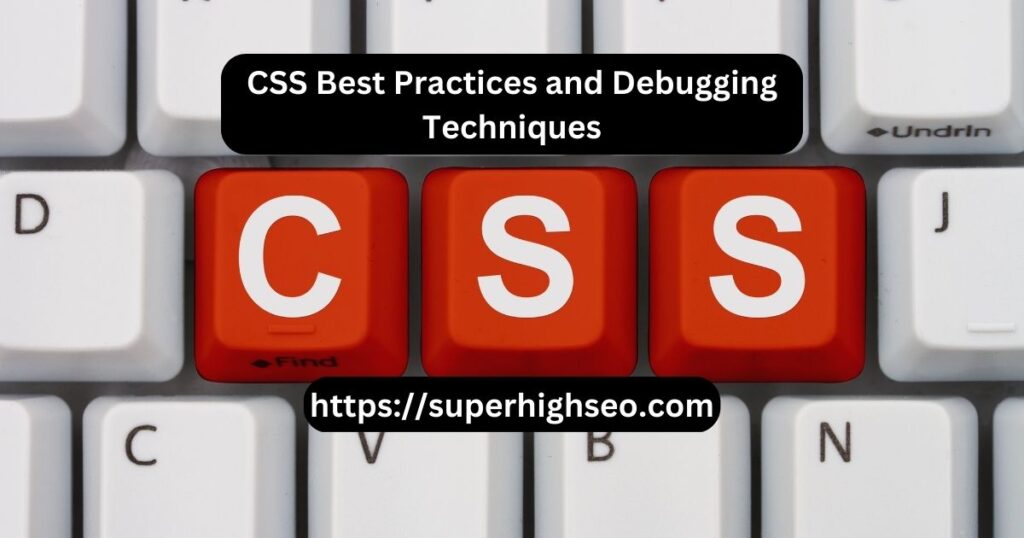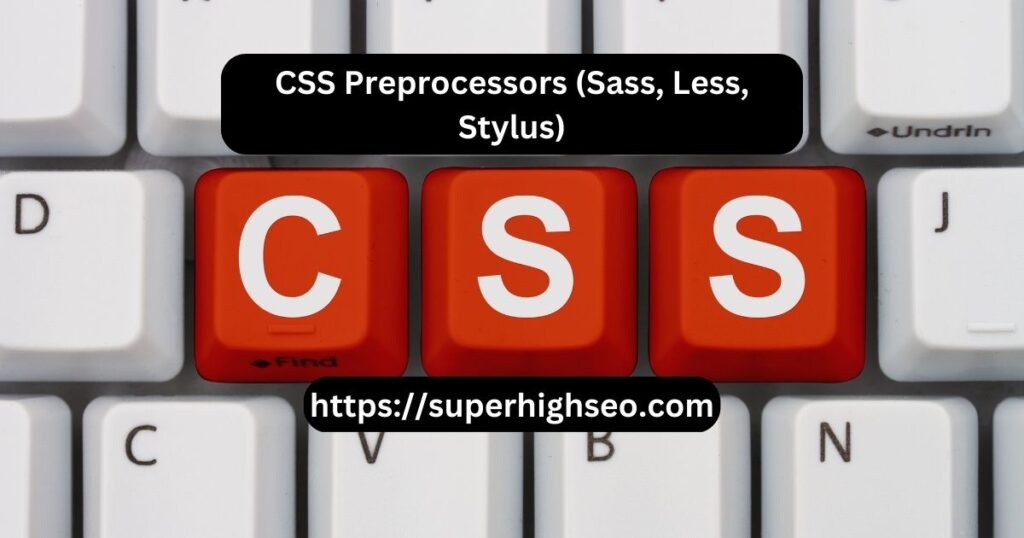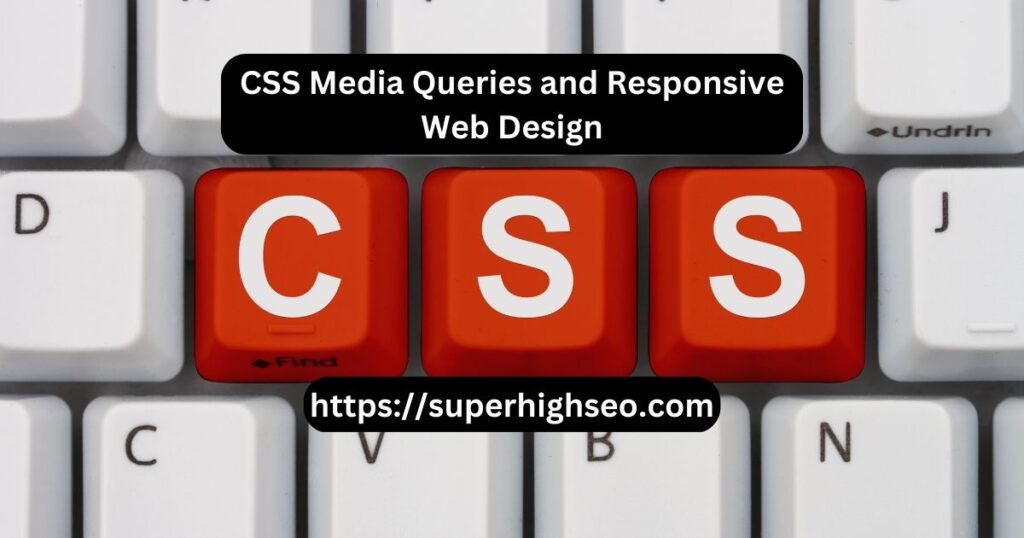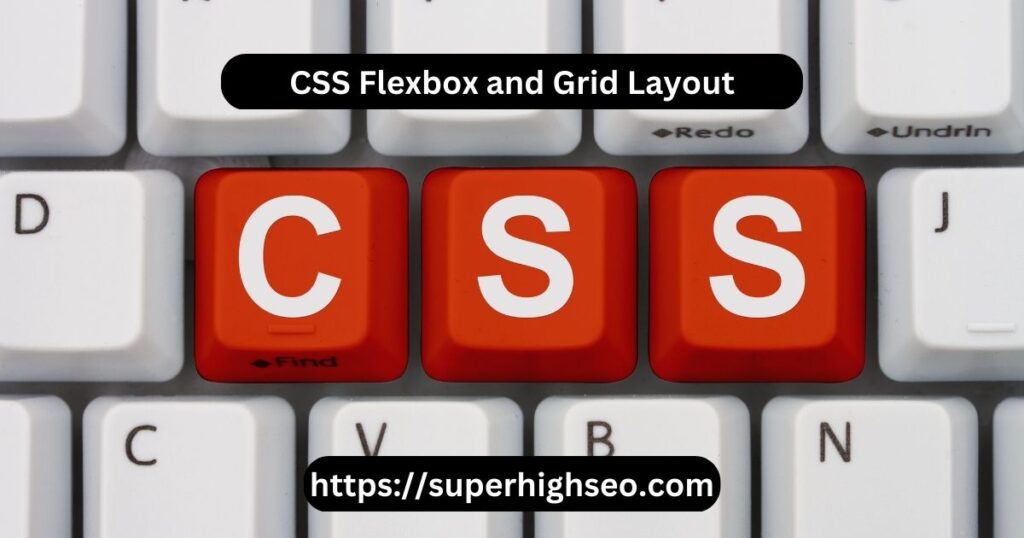Class 45 | CSS and SVG
CSS (Cascading Style Sheets) and SVG (Scalable Vector Graphics) are two essential web technologies commonly used to enhance the visual appearance of web pages. CSS defines styles for HTML elements such as fonts, colors, layouts, and animations. With CSS, you can control the presentation of your website and create a consistent look and feel across […]
Class 45 | CSS and SVG Read More »

